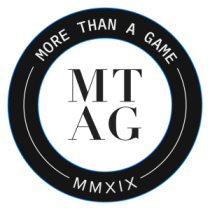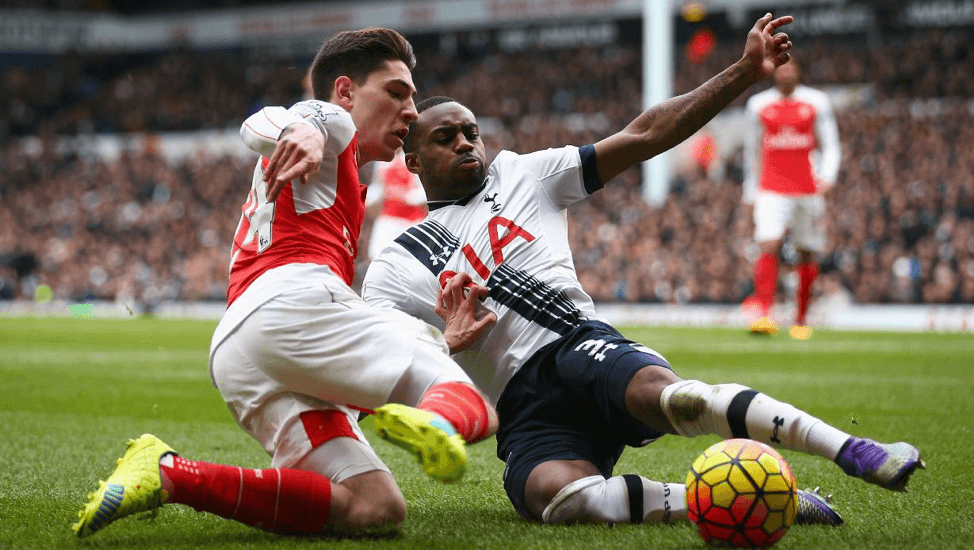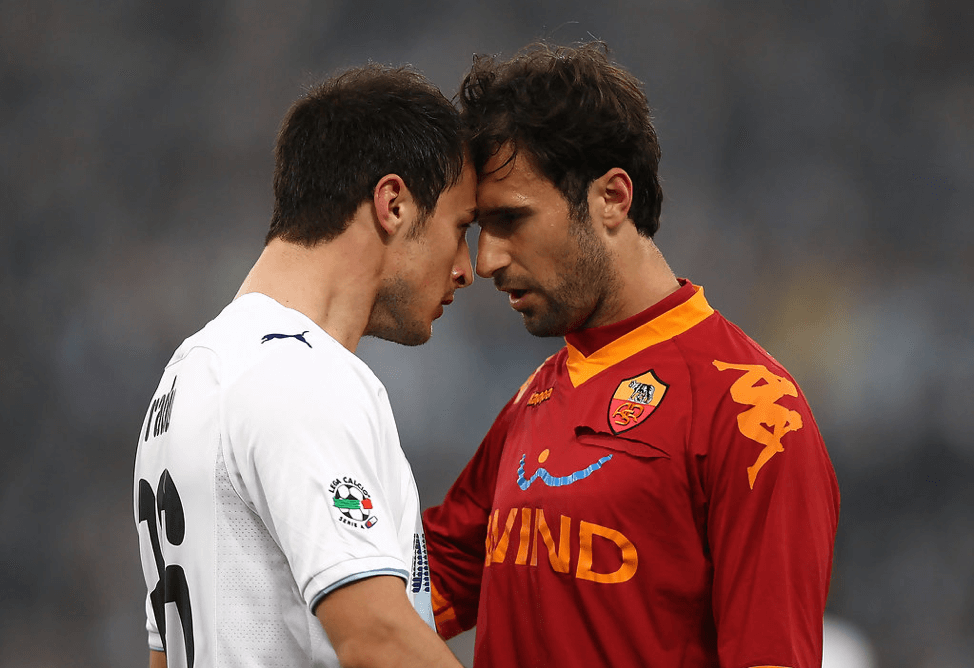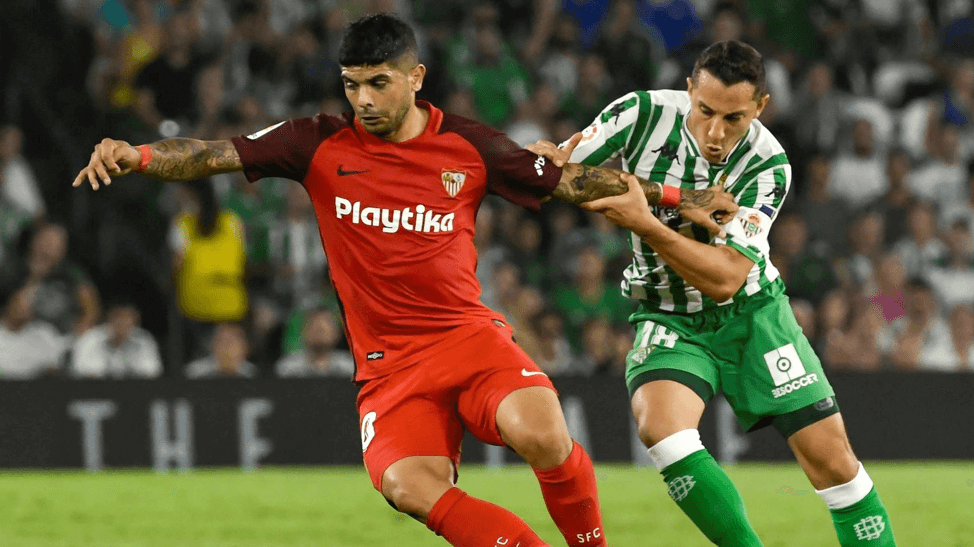Is Potential The Most Prized Commodity In World Football?
It’s the summer of 2017. The world watched agape and in pindrop silence as an 18-year-old was signed by Paris Saint-Germain for a staggering €180million, with potential wages in the ballpark of €200,000 a week. No doubt PSG had done significantly tastier business before, signing arguably the third best player in the world- Neymar for €222million in the same window. But that was for a seasoned professional who has now completed more than a decade in the sport, much of it at its apex.
Making 19-year-old Anthony Martial’s much-maligned £56million pound move to Manchester United look like chump change, Paris wanted to take no chances in announcing to the world that they still meant business every time they did business.
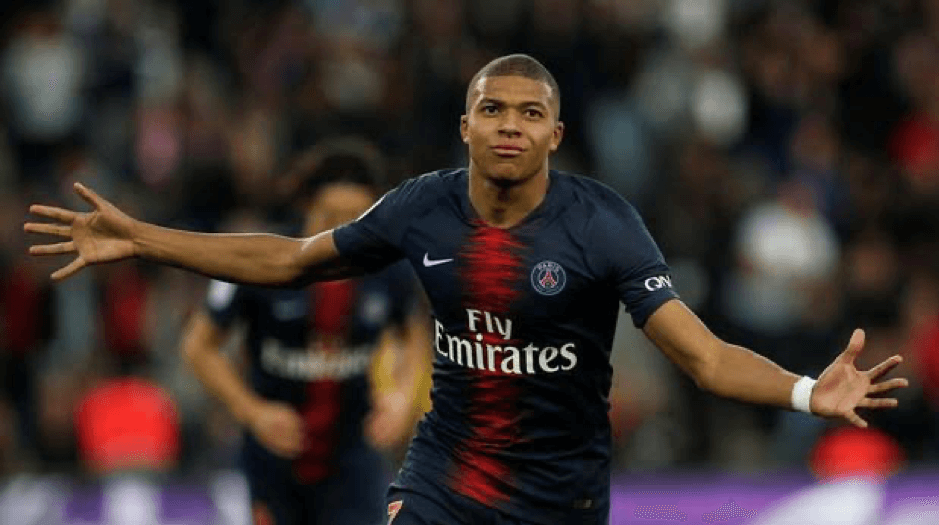
Mbappé’s achievements since PSG have dwarfed his mammoth transfer fee
The Ligue 1 giants certainly had the last laugh as the-then 18-year-old Kylian Mbappé Lottín, now in his 3rd season at the Parc des Princes is considered to be one of the greatest forwards in world football as of this moment, having already brought home a World Cup for his country to add to his burgeoning haul of domestic titles at club level. Certainly not the worst investment. That being said, all the evidence points to the fact that potential is on the top of the tree as far as commodities go in world football.
Some of the business in the last transfer market would certainly make one believe so. The scribe doesn’t mean to be a cynic, or rain on anyone’s parade, but an ideal squad is built on a delicate balance of hard-earned experience and fiery youth. As more and more domestic clubs focus on the latter, is the value of experience extinct in the business?
Generación ’87 and the Class of ’92 of La Masia and Carrington respectively are shining examples of stories of surprisingly refreshing and hardcore work ethic shown by inexperienced but youthful setups, with legends such as David Beckham, Paul Scholes, Gerard Piqué and a certain Lionel Messi among their graduates.

Piqué, Messi and Fàbregas came through the ranks together
At Barcelona, youth coach and later worldbeater with the first team, Pep Guardiola, had this to say, “If even one player graduates from La Masia to the first team, it is a success.” Sergio Busquets’ introduction to the Blaugrana first team setup is a prime example of this process. In addition, Guardiola also had a simple policy of buying established players to aid the development of his youngsters, and moving them on after around 2 years to facilitate playing time for the graduates. But how does it affect players today with social media playing an important role in every young adult’s lifestyle, including that of professional athletes?
To understand this, one must look at the middle. That is, the middlemen, or in this case, the agents. Agents get a commission, or a cut from each deal they pull off for their client. The bigger the deal, the better the cut. Apart from the welfare of the client whose interests they’re supposed to protect, material greed coupled with the ‘big’ teams’ propensity to spend on a whim plays a huge part in the exorbitance of the modern-day transfer system. Academies are expected to churn out talent at an unrealistic rate and as the production quality falls, teams who can outsource their talent, do.
Barça’s period of dominance came after a time with relatively poor results and low expectations, thus allowing their graduates to shine. Looking at the same team now, a lot of La Masia’s youth such as Riqui Puig for instance have had their growth stunted by the big money arrivals of Arturo Vidal, André Gomes and Paulinho.
On the other hand, the ascent of Ansu Fati shows that the magic of the academy can never full fade as the electrifying winger has given Barcelona a teaser into what could become a fairytale career for years to come. Only time will tell whether the Catalans entrust Fati to take up the mantel upfront until the customary dip into the transfer market comes to fruition.

The world is at Ansu Fati’s feet
In conclusion, there is always going to be change in the way we see, feel, perceive and experience the beautiful game. But in all the same, it must be seen that a few practices we thought essential to the running of the system under which we project the sport have changed drastically, and will continue to do so, in the scribe’s humble opinion. As we move further forward, there are always going to be more João Félixes and Vinícius Júniors and maybe that’s not a bad thing. This might certainly be a natural shift in the tide. We’ll hold our breaths for the future.
Read More
THE NORTH LONDON DERBY: IT’S ALL ON THE LINE
ANIRUDH SOMAN \
RIVALRIES
LAZIO VS ROMA: A FEUD THAT KNOWS NO END
SRINIVAS SADHANAND \
RIVALRIES
REAL BETIS VS SEVILLA: THE GREAT ANDALUSIAN WAR
ADITYA GOKHALE \
RIVALRIES
